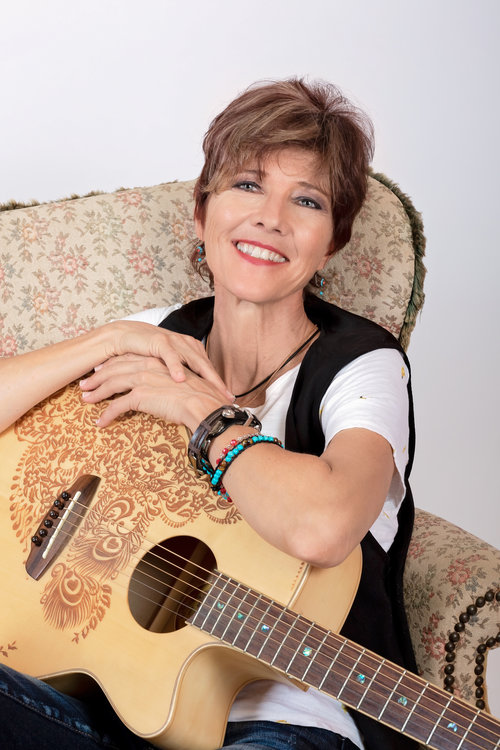After recording a band, there are two levels of mixing that are possible.
- A Simple Live Mix. This is a basic mix of the exact performance with instruments and vocals set into a good soundstage that matches the actual event space.
- Post-production. This is a mix in which several kinds of “fixes” are possible. Among the most common are:
- Vocal pitch correction
- Instrumental sound upgrades. For instance this might mean re-tracking an acoustic rhythm guitar using good microphones instead of a pickup only arrangement, or inserting drum replacement software on a poorly tuned kick drum.
- Instrumental part fixes – For instance, correcting notes or even entire parts, fixing bass notes, or adjusting, tightening, or changing vocal harmonies.
- Re-creation/improvement of the sonic space.
Most professional concert documentaries involve post-production (Neil Young at the Ryman, Alison Krauss and the Louisville Palace, etc.) and the effect is often that everything about the performance seems amazingly tight and effortless. Some post-production changes can be noticeable however: hearing three backup vocals when only two are actually singing, watching a guitar or bass player’s hands play a slightly different set of notes, etc.
Here are my guidelines for whether to pursue post-production.
- Is the band rehearsed? It is not worth the time and effort to post-produce an unrehearsed band, with vocal harmonies that are not well constructed and thought through, individual instrumental parts and arrangement that are uneven and overly “jammed,” and haphazard attention to performance detail, etc.
- Is the band recording-competent? Some bands will have one or more players whose sound works for the most part in a live setting, but whose vocal harmonies or instrumental work are full of sonic characteristics and missed notes that would make audio repair overly time-consuming: the harmony singer who constantly doubles another singer (or hangs onto notes too long, or sings the wrong notes in general), the bassist who wanders and finds only about 1/2 of the root notes, the rhythm guitarist who stops playing when he’s singing, the instrumental soloist whose lead work is full of missed strings, scales that don’t quite work, the drummer who slows or speeds up every song, etc.
- What’s the goal of recording? Is there anything to be gained for the band’s resume by post-production? If the music is just to be used for rehearsal purposes, or for small local promotion efforts, it’s often not worth the extra time and expense. If the goal is a professional quality demo or demo-video or a band documentary, post-production is essential.
Many bands are well-rehearsed, have competent musicians, and want to take their live musical production to a professional level. This is where post-production makes sense.
I recently recorded a live performance of such a band: Bill Clark and the Route 51 Band. While the musicians are not studio-musicians, this is well-rehearsed acoustic Americana band in Louisville, KY, with instrumentalists and vocalists whose live performances are carefully shaped and within range of post-production. There were occasional bass notes, a few lead guitar chops, some vocal harmonies, a few pitch issues, and a kick drum that needed a little attention. These were all small things, so the performance of most songs were within range of post-production.
Here is the before and after of a section of lead guitar work on one song where the guitarist, Tom Roller, came into the studio and re-recorded his lead. The only preparation work for this section of the song was to use Izotope’s “Music Rebalance” software to pull the lead guitar bleed out of the drum overhead mics for that section of the song. This allowed Tom to record a new lead that diverged somewhat from his original.
Here’s the 33 second clip of the live performance with a couple of small mistakes:
Here is a clip of the same section of the song after post-production work, when Tom came into the studio and over-dubbed his lead guitar part:








